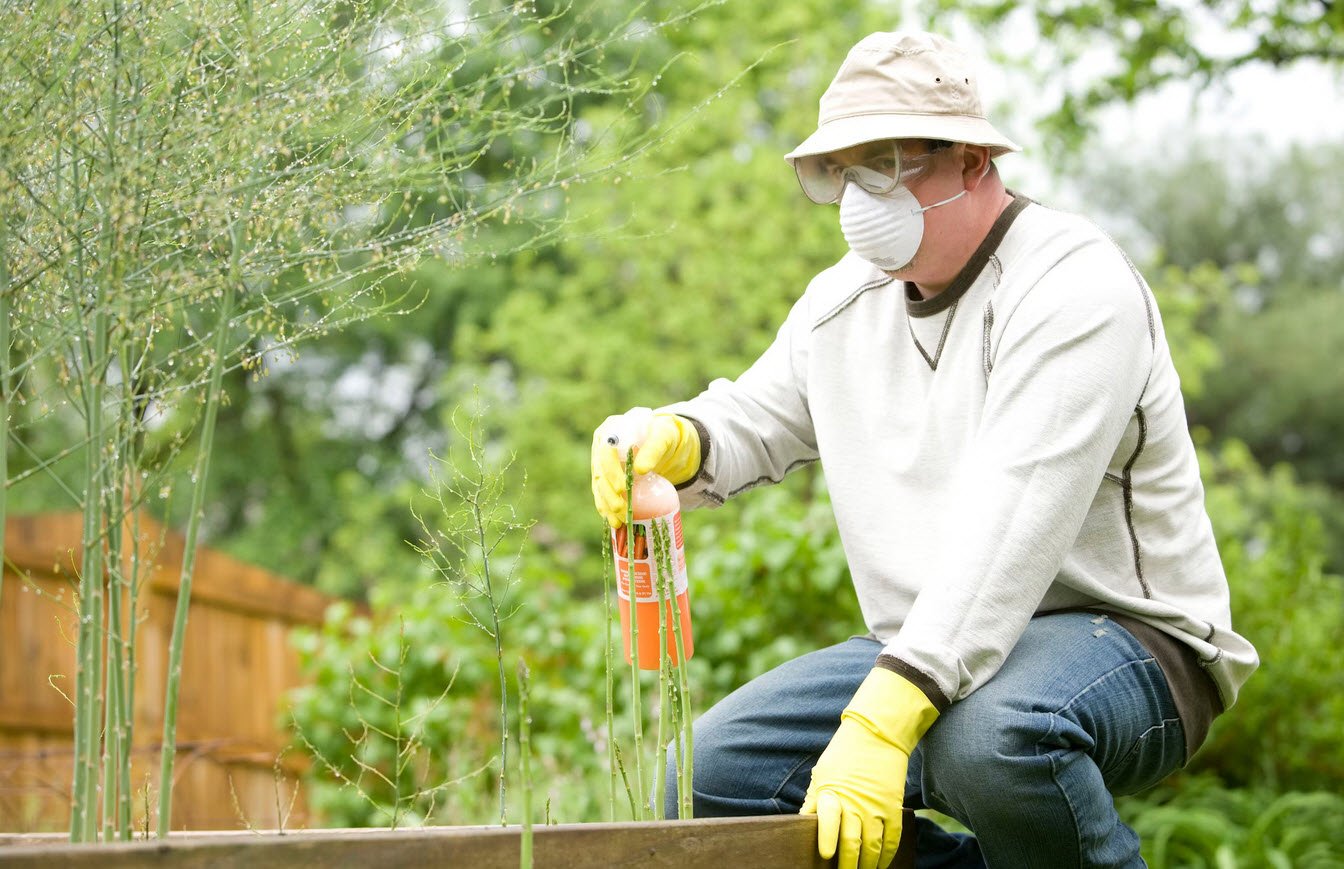
Approximately 55-60 percent of all U.S. citizens suffer from allergies. But not all allergens are seasonal. Millions of Americans suffer from year-round allergens, such as dust mites, pet dander, and mold, which can cause as much trouble for some patients as weeds do for others.
This article was put together to give you some ideas on how to fight these allergens.
A) POLLEN
Pollen is the dust-like reproductive part of plants. It can easily be inhaled, causing allergic reactions in approximately 36 million Americans. Here are some tips to help:
1. Avoid Early Ventures Outside:
Avoid going outside between 5-10 am when the pollen count is the highest. If you have a pollen allergy, the safest times to go out are late afternoon and immediately after rain.
2. Check Pollen Count Daily:
Monitor daily pollen counts reported as grains per cubic meter of air by universities, medical centers, and clinics.
3. Turn Off Your Swamp Cooler:
Running swamp coolers can drag more pollen into the house, worsening allergy symptoms.
4. Buy Local Honey:
Desensitize against local pollens by consuming local, unpasteurized honey. Many allergy sufferers claim it helps relieve symptoms.
5. Know Your Plants:
Differentiate between colorful flowers (attracting insects) and less colorful plants that spread pollen.
B) DUST MITES
Dust mites are the second biggest allergy cause. Here are ways to combat them:
6. Wash Your Bedding:
Wash bedding in water at least 130°F to kill dust mites. Do this at least once a week.
7. Keep Indoor Humidity Low:
Maintain humidity below 50% to discourage dust mites. Avoid humidifiers in bedrooms.
8. Let Your Child Sleep With a Washable Stuffed Animal:
For children with allergies, allow them to sleep with washable stuffed animals to regularly eliminate dust mites.
9. Replace Old Mattresses:
Old mattresses can contain millions of dust mites. Replace them for a fresh start.
10. Protect Your Bedding:
Encase pillows, box springs, mattresses, and down comforters in allergy-proof, dust mite-proof coverings.
11. Use Dust Mite Powder:
Sprinkle dust mite-killing powder on carpets and upholstery regularly.
C) PET DANDER
Pet dander is a common cause of allergies. Here are ways to alleviate this allergy:
12. Don’t Let Fluffy Into Your Bedroom:
Keep pets out of the bedroom or use a plastic cover over the bed to reduce dander exposure.
13. Bathe Your Pet Frequently:
Regularly bathe and scrub pets with long hair to reduce dander, pollen, and dust accumulation.
14. Groom Your Pet Frequently:
Brush pets thoroughly and frequently using high-quality brushes that reach down to the skin.
15. Know Your Dogs:
Choose dog breeds with less dander, such as Poodles, Terriers, and Schnauzers.
D) MOLD
Indoor molds can contribute to allergies. Here are tips to minimize mold in your house:
16. Minimize Indoor Plants:
Indoor plants can collect dust and mold. Clean their leaves daily or consider reducing their number.
17. Thoroughly Clean:
Clean areas prone to mold, including drain pans, shower curtains, damp basements, and air conditioners.
18. Avoid Line Drying:
Don’t hang clothes and bedding outside to dry, as pollens and molds can collect on them.
E) DUSTING TIPS
Keep your home dust-free with these tips:
19. Use a Good Broom:
Choose a broom that doesn’t circulate dust back into the air.
20. Keep Indoor Shelves To a Minimum:
Reduce dust by minimizing indoor shelves and using closed-door cabinets for knick-knacks.
21. Use Electromagnetically Charged Dusting Cloths:
Trap dust with electrostatically charged dusting cloths to prevent it from being released back into the air.
22. Wear A Mask:
Wear a HEPA mask while dusting to block 95% of dust particles.
23. Don’t Forget Hard-to-Reach Places:
Dust window treatments, windowsills, window frames, ceiling fans, light fixtures, and storage units.
F) VITAMINS, MINERALS, AND HERBS
Explore supplements that may help with allergies:
24. B Complex:
Maintain your nervous system and act as an antioxidant with B vitamins.
25. Vitamin C:
Boost your immune system with vitamin C.
26. Calcium:
Consider calcium for its potential antihistaminic action.
27. Antioxidant Combination:
Strengthen allergy resistance with a combination of zinc, selenium, vitamins A, C, E, and beta-carotene.
G) OVERALL TIPS
Here are general tips to fight allergies:
28. Get Rid of Cockroaches:
Eliminate cockroaches, known allergens, from your home.
29. Avoid Ionizing Air Cleaners and Ozone Generators:
According to the EPA, these can be ineffective and dangerous.
30. Use Allergy Medications Carefully:
Follow directions, especially for medications causing drowsiness.
31. Wear a Face Mask:
Wear a mask during allergy-irritating activities like mowing the lawn or cleaning.
32. Avoid Alcohol:
Alcohol can worsen nasal allergies, so limit consumption.
33. Use Filters:
Place filters over vents to trap airborne particles.
34. Choose New Carpet Carefully:
Consider hardwood floors if you’re sensitive to new carpet emissions.
35. Thoroughly Clean Down:
Clean down comforters, pillows, or feather beds regularly to reduce allergens.
36. Shower Before Bed:
Shower before bed to remove allergens accumulated during the day.
37. Clean Your Floors:
Clean all floors in your home twice a week.
38. Avoid Smoke:
Smoking weakens the immune system and worsens allergies.
39. Disinfect:
Clean surfaces with an industrial-grade disinfectant regularly.
40. Clean Your Carpets:
Have your carpets professionally cleaned each fall.
41. Keep Your Windows Closed:
Use air conditioning and keep windows closed to prevent outdoor allergens from entering.
42. Drink Plenty of Water:
Stay hydrated to reduce allergens sticking in your throat and lungs.
43. Exercise:
Engage in moderate exercise to boost the immune system.
44. Talk To Your Doctor:
Communicate with healthcare professionals about allergy symptoms and treatments.
45. Use A Good Vacuum:
Choose a vacuum with strong suction and high-efficiency filtration.
46. Take Care of Your Vacuum:
Change the disposable bag regularly and check for worn belts.
47. Keep Bugs Out:
Prevent attracting insects to the kitchen.
48. Use HEPA Filters:
Install HEPA filters to reduce allergens.
49. Wash Your Hands:
Wash hands regularly to prevent allergens from reaching your eyes or mouth.
50. Use Dehumidifiers:
Invest in dehumidifiers, especially in humid environments.
51. Do Your Own Research:
Stay informed about new allergy-fighting ideas and tips through research.
Remember to do your own research and explore additional strategies that may provide relief from allergies.
You may also like:- Six Different Types of Anxiety Disorders You Need To Know
- Cataracts vs. Glaucoma – Unraveling the Differences in Two Common Eye Conditions
- Asthma – A Chronic Inflammatory Disorder
- Diabetes – Types, Causes, and Symptoms
- Exploring the Spectrum of Diseases – A Comprehensive Overview of Different Classes
- What is Oppositional Defiant Disorder (ODD)?
- Black Pox – Unraveling the History and Horror of Smallpox
- Top 6 Symptoms of Autism Spectrum Disorder (ASD)
- Understanding the Risk Factors for Obstructive Sleep Apnea (OSA)
- Cardiac Arrest vs. Heart Attack – Do You Know The Difference?








